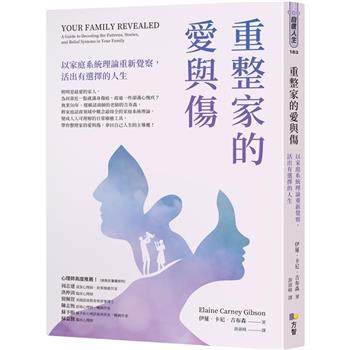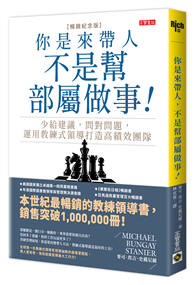This book traces the history and politics of the Greater Nepal movement. It looks at major events in modern South Asia, in and around the Eastern Himalaya region in particular - colonialism, independence and partition, the Chinese aggression in Tibet, formation of Bangladesh, and the merger of Sikkim with India, among others - which deeply affected the nature of democratic movements in Nepal.
The volume also studies the role of the monarchy, the demand for Gorkhaland, and the rise of Maoist movements. Further, it sheds light on political participation encompassing Nepalese functionaries, the many political parties, intellectuals and responsible public figures, and the differential influence that these variegated groups had on the movement. Finally, it reassesses the idea of Greater Nepal and offers a critical commentary on its future.
The volume will be of great interest to scholars and researchers of international relations, modern history, sociology and social anthropology, politics, South Asian studies, and area studies - especially Nepal and Himalayan studies - as well as policy makers and government think tanks.












